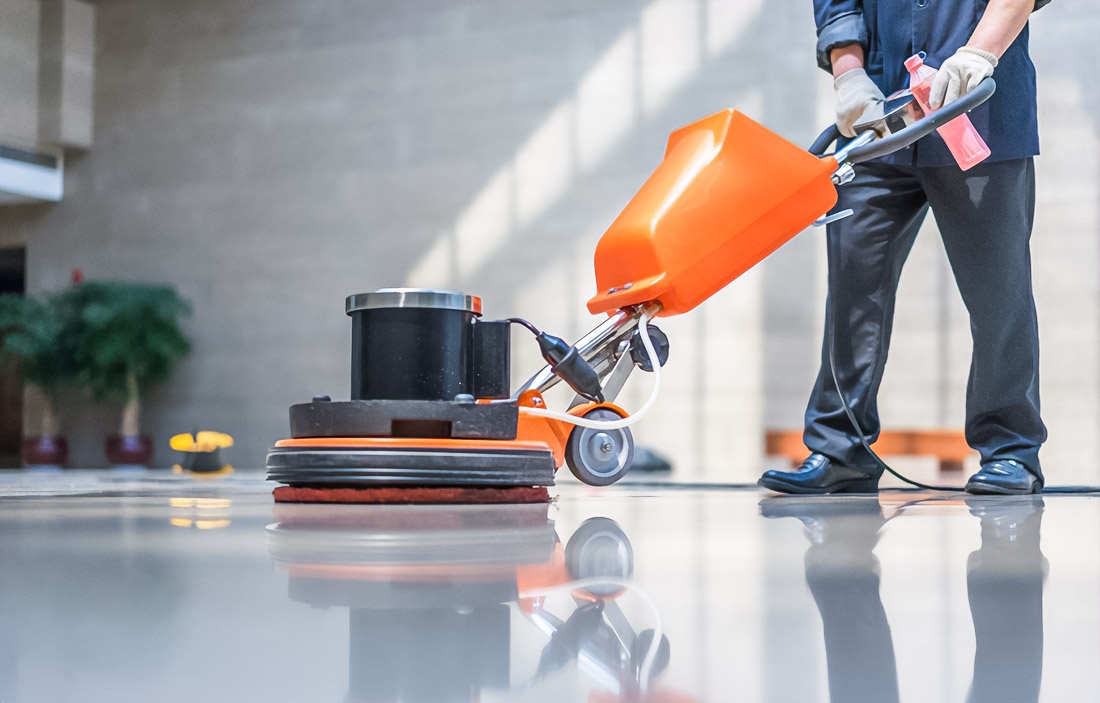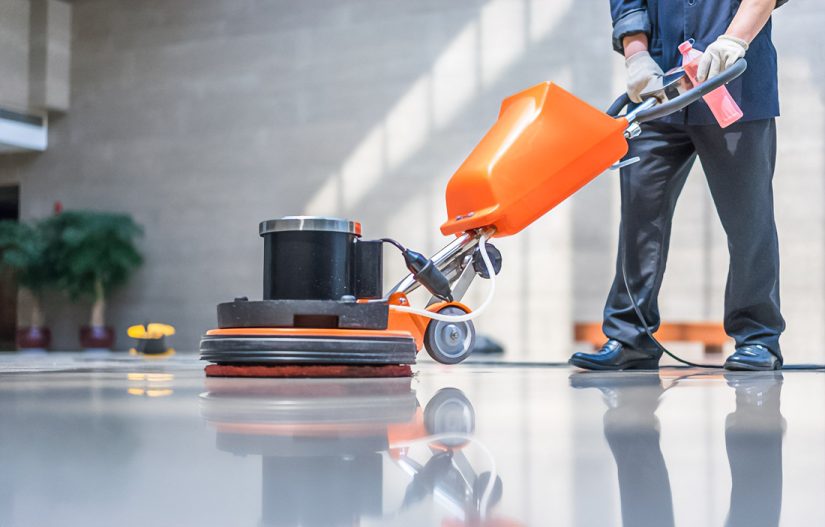The significance of maintaining industrial and household equipment in the UAE has grown considerably in recent years. With rising standards for hygiene, safety, and efficiency, businesses and households alike are prioritizing proper cleaning methods. UAE’s cleaning market has expanded rapidly, moving from modest revenues in 2020 to notable growth in 2023 and 2024. By 2025, two methods have become central to industry practices: steam cleaning and chemical treatment. The choice between these technologies not only affects operational costs but also plays a critical role in shaping corporate reputation, particularly in terms of eco-friendly solutions and sustainability standards.
Page Content
Market Growth
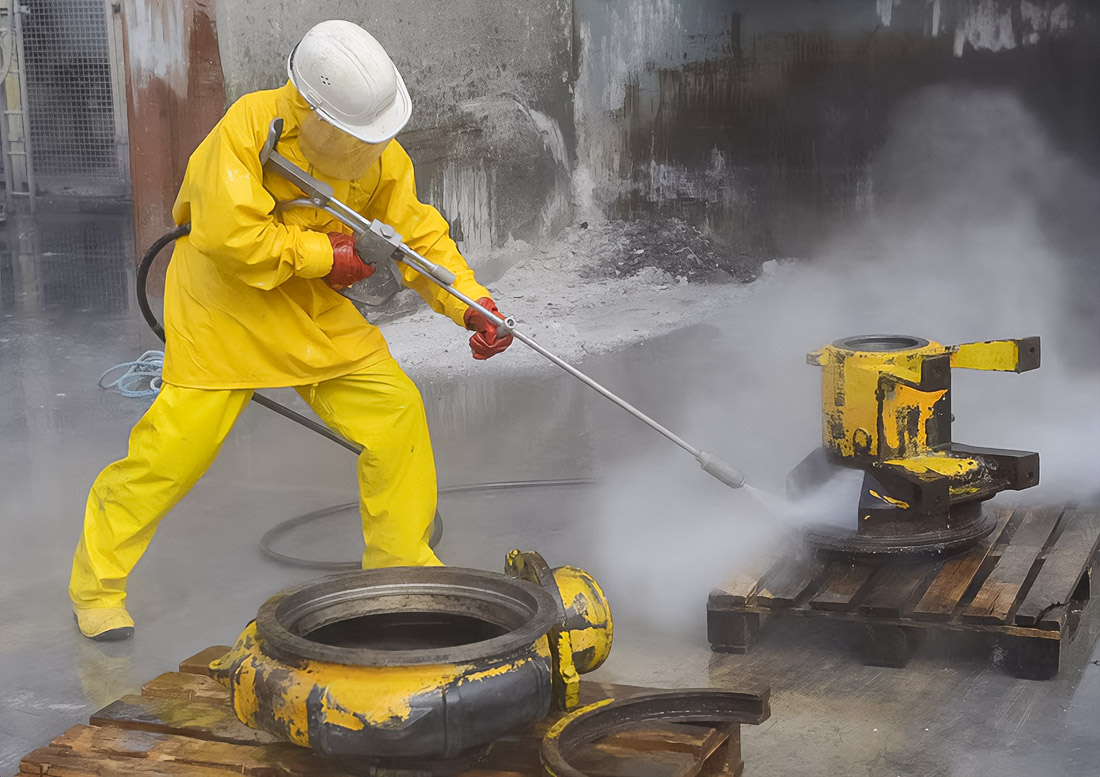
Forecasts indicate that by 2030 the cleaning market will record values around 6.45, 9.02 and 5.60 across different segments. These figures highlight not only sustained demand but also a clear redistribution of preference between systems. Car wash services, for example, are becoming more structured and professional. Steam cleaning machines are taking precedence, offering efficient washing and significantly reducing water consumption. At the same time, chemical cleaning remains indispensable for rapid removal of persistent contaminants, particularly within industrial and commercial environments where reliance on cleaning chemicals in Dubai continues to be substantial.
Steam Cleaning
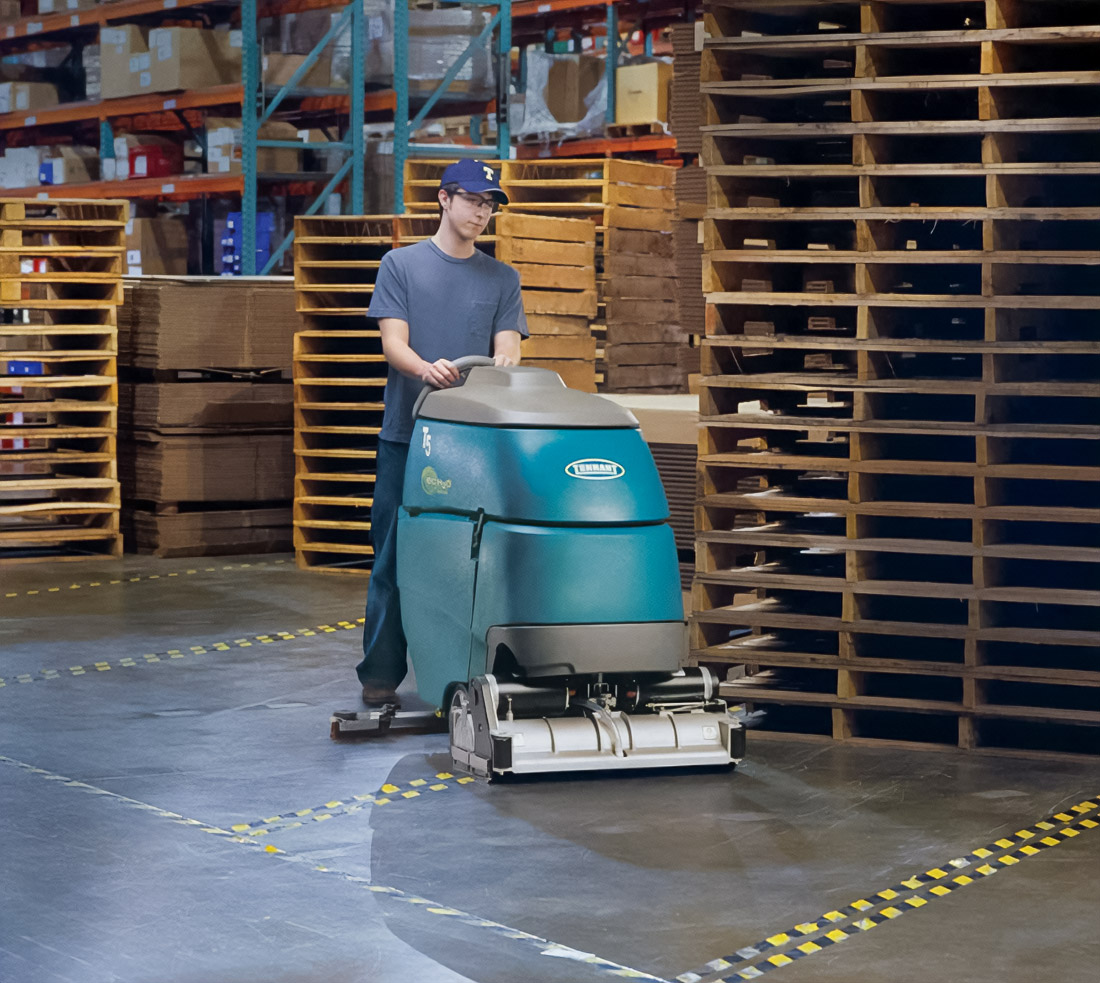
Steam cleaning is increasingly recognized for its efficiency, combining deep cleaning capabilities with reduced resource consumption. Professional services and household applications are actively adopting steam cleaning machines. Clients value the method’s capacity to conserve water without compromising quality. Given the limited water resources in the UAE, the use of steam systems appears both rational and sustainable. Additionally, growing demand for eco technologies positions steam cleaning as a strong, future-oriented solution.
Chemical Treatment
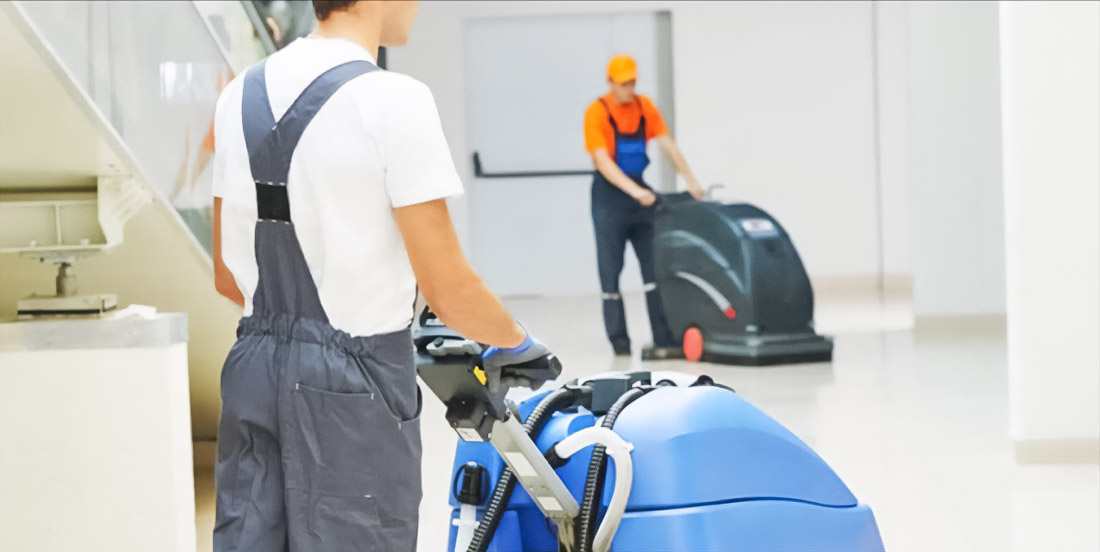
Chemical cleaning maintains its role within the market and remains in demand where speed and strength are essential. It is highly effective against oil, grease, and industrial residues that steam alone cannot fully address. However, the financial implications of chemical procurement and the complexities of waste disposal cannot be overlooked. In 2025, a notable trend has emerged: businesses increasingly evaluate not only immediate cost but also long-term impacts on the environment and workforce health.
Comparison Of Methods
- Steam cleaning reduces overall water consumption and aligns with eco compliance standards.
- Chemical cleaning ensures rapid results but requires strict adherence to safety protocols.
- Hybrid systems, combining steam equipment with controlled chemical application, are gaining traction among professional service providers.
- The home and commercial markets demonstrate preference for steam solutions, whereas industrial applications continue to rely on chemical methods.
The Prospects
Sustained growth between 2024 and 2025 confirms steady demand in the sector. Projections through 2032 suggest continuous expansion in both the UAE and international markets. Demand distribution, however, remains uneven: some regions prioritize eco-friendly practices, while others rely heavily on chemical systems. Nevertheless, the long-term trend is evident by 2030 and 2032, organizations will increasingly pursue solutions that merge efficiency, safety, and sustainability.
During 2025, the decision to choose between steam and chemical treatment has ceased to be only a technical one. It has become a strategic factor determining both the reputation and the economic efficiency of a business. Steam technologies consolidate their positions in the segment of car washing, household and professional services. Chemical cleaning is in demand mainly in niche areas where there are no alternative options. In the future, until 2032, it is predicted that there will be a shift in interest in combined models that will balance efficiency, safety and sustainable development.
Soccer lover, feminist, guitarist, Eames fan and New School grad. Working at the sweet spot between modernism and sustainability to develop visual solutions that inform and persuade. I prefer clear logic to decoration.
